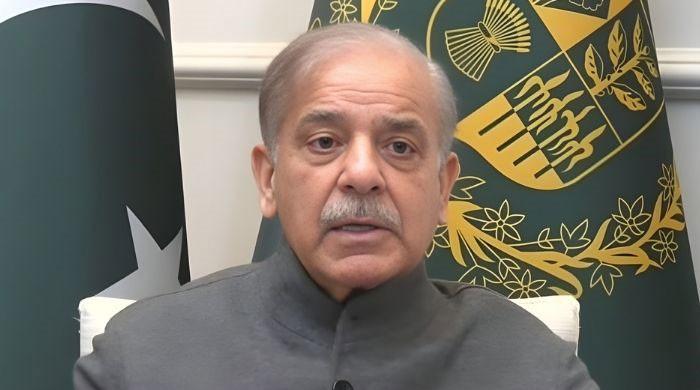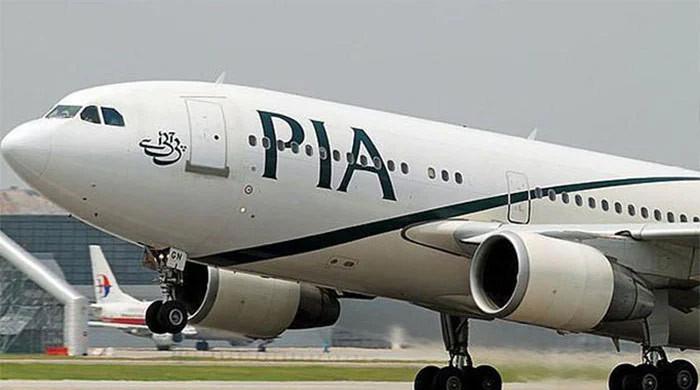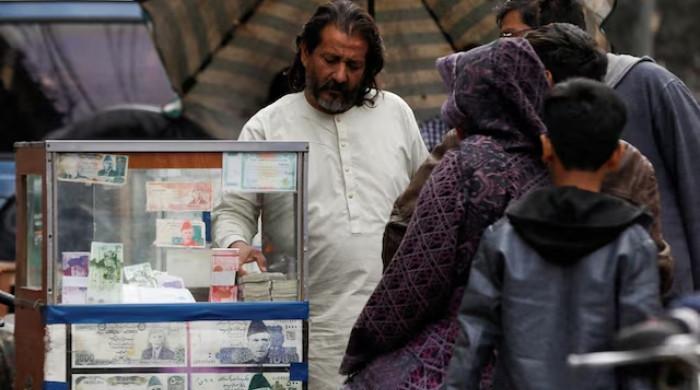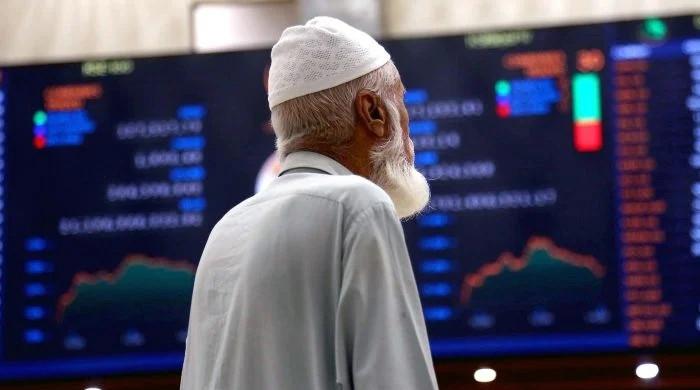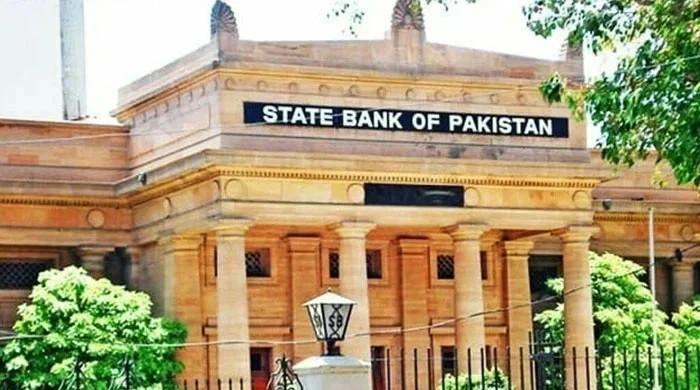Pakistan third largest beneficiary of Chinese uplift funding
Pakistan’s outstanding public and publicly guaranteed debt to China stands at $67.22 billion, AidData states
November 07, 2023
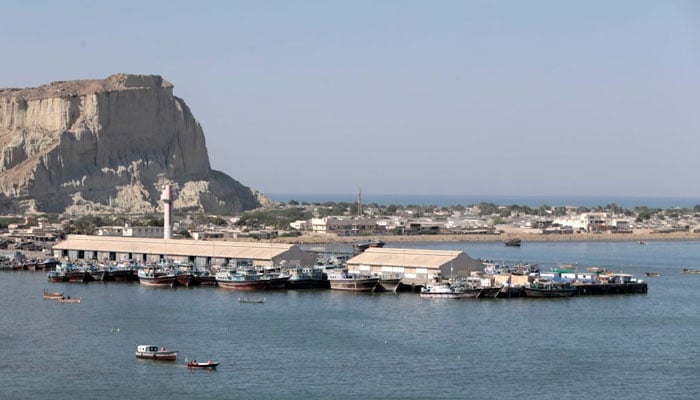
- 98% funds are loans, while 2% are given in grants.
- 8% funds were official development assistance.
- $70.3 billion committed by China from 2000 to 2021.
KARACHI: Pakistan remains the third largest recipient of development financing by China in the world, as the Asian nation contributes to building the infrastructure in the country with a majority of the investments being loans and not grants.
The information was revealed in a study by AidData, a United States-based research lab, which added that 98% of Chinese development funding was invested in the form of loans with just 2% handed over as grants in the last two decades — 2000 and 2021.
"Out of the total Chinese development finance portfolio of $70.3 billion, committed between 2000-2021 in Pakistan, 8% was official development assistance (grants and highly concessional loans) and 89% was other official sector loans," AidData mentioned in its latest released data.
The China-Pakistan Economic Corridor (CPEC), a global infrastructure and investment initiative with over $45 billion in projected investments, was launched in 2013 and is thought to be the largest partnership of Beijing’s Belt and Road Initiative (BRI). It increased to over $62 billion over time, and at least $25 billion was invested in Pakistan.
With $14.0 billion in finance commitments, 2017 was the top year for Pakistan; following a decline in 2018, the amount increased again in 2019 and 2020, even with the pandemic. With a 9.84-year maturity and a 3.74-year grace period, the average interest rate on loans is 3.72%, it added.
In Pakistan, the top three sectors from 2000 to 2021 were energy (40%, or $28.4 billion), general budget support (30%, or $21.3 billion), and transportation and storage (14%, or $9.7 billion).
The top three industries throughout the (BRI) era (2014–2021) were transportation and storage (13%, $7.2 billion), general budget support (30%, $16.08 billion), and energy (43%, $23.29 billion).
Pakistan and China have a long history of economic collaboration, and this year marks ten years of such ties. It has helped Pakistan through all of its tough economic downturns and crises.
But it’s worrying that Chinese less-than-generous loans coupled with Pakistan’s mismanagement have made Pakistan’s debt load even higher.
Dr Ammar A Malik, who is a senior research scientist at AidData, said between 2000-2021 Pakistan received 161 official sector loans from China worth $68.92 billion, making it the third-largest Chinese loan portfolio in the world. This includes $28.13 billion in rescue lending, including currency swap debts taken by the State Bank of Pakistan and deposits from SAFE and Chinese state-owned commercial banks.
AidData estimates that Pakistan’s outstanding public and publicly guaranteed debt to China stands at $67.22 billion, which is 19.6% of GDP, and $21.2 billion more than what Pakistan has officially reported to the World Bank’s Debtor Reporting System.
“In terms of the composition of debt from China, since 2018 China has pivoted away from infrastructure lending toward emergency lending in Pakistan, ensuring that the earlier debts taken on by Pakistan for energy, transport, and other CPEC projects can be repaid on time and with interest,” Malik said.
“As compared to the Zardari and Sharif years from 2008 until 2017, when energy and transport sectors dominated, during the PTI government between 2018-2021, the single largest sector was general budget support, which showcases the pivot in China’s economic relations with Pakistan that moved from infrastructure-heavy lending into emergency lending for rescuing Pakistan’s economy.”
According to the details on the implementation of Chinese-financed projects in Pakistan from 2000 to 2021, only three projects totaling $452 million out of 127 infrastructure projects worth $38.80 billion have been cancelled or suspended as of yet. Estimates from AidData show that environmental, social, and governance (ESG) hazards have been present in 52% of this portfolio of infrastructure projects.
The energy industry has seen the most difficulties in terms of ESG risks, with 51% of the portfolio dealing with one or more of these issues.
Pakistan is the largest beneficiary of China’s energy investments in Asia, and it holds the largest global proportion of the Belt and Road Initiative’s transport and storage projects.
With an energy portfolio valued at $28.4 billion, Pakistan has the largest in Asia, surpassing both Vietnam ($21.7 billion) and Indonesia ($17.9 billion). Globally, it is ranked highest, above both Angola ($24.7 billion) and Vietnam ($21.7 billion). It accounts for 10.2% of China’s total energy portfolio worldwide, which is distributed among several nations.
Pakistan has one of the largest transport sector portfolios in the world, with $9.69 billion worth of highways, bridges, and other supporting infrastructure.
AidData’s research indicates that China is investing more in Pakistan than the US.
China has surpassed the United States in foreign development financing more times than any other country since 2012, outspending it by 1.6 times in 2013, 7.7 times in 2016, and 22.4 times in 2021.




